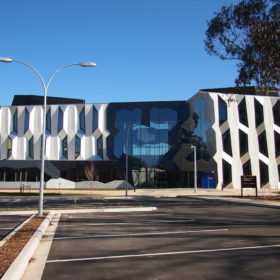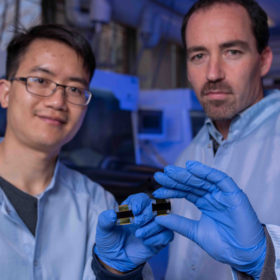N-type solar cell with aluminum-titanium passivating contact achieves 21.9% efficiency
Scientists in Australia have demonstrated a new way to apply a passivating contact layer to silicon cells. They produced an n-type cell with aluminum-titanium passivating contact and 21.9% efficiency, and claimed the technique could open up new possibilities for the use of transition metal oxides in cell passivation.
Degradation and regeneration in polysilicon passivation layers
Scientists in Australia took a close look at the long-term performance of passivation layers in silicon solar cells, and discovered a surprising process of degradation and regeneration at work within the material. The results could have implications on the processes used in industrial scale solar cell production.
Australia National University hits new perovskite efficiency record
Scientists at the institution have achieved 21.6% efficiency with a perovskite cell measuring 1cm². The landmark has been verified as a new world record for perovskites at this size.
A close look at nature could lead to cheaper hydrogen
Scientists at the Australia National University have observed a key stage in the process of photosynthesis which could be copied to greatly increase the efficiency of sunlight-powered water splitting processes used to produce hydrogen.
ANU researchers develop light management technique inspired by butterfly wings
Researchers at Australia National University have developed a nanostructure technique to finely control the direction of light. The technique, says ANU, could be applied to tandem perovskite/silicon solar cells.
ANU develops 26% efficient cell using perovskites
Researchers at the Australian National University (ANU) have achieved 26.4% efficiency using a stacked configuration of silicon and perovskite solar cells. The perovskite cell is semi-transparent and, according to ANU, could bring down the cost of generating solar power.






